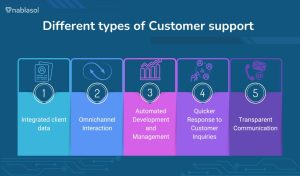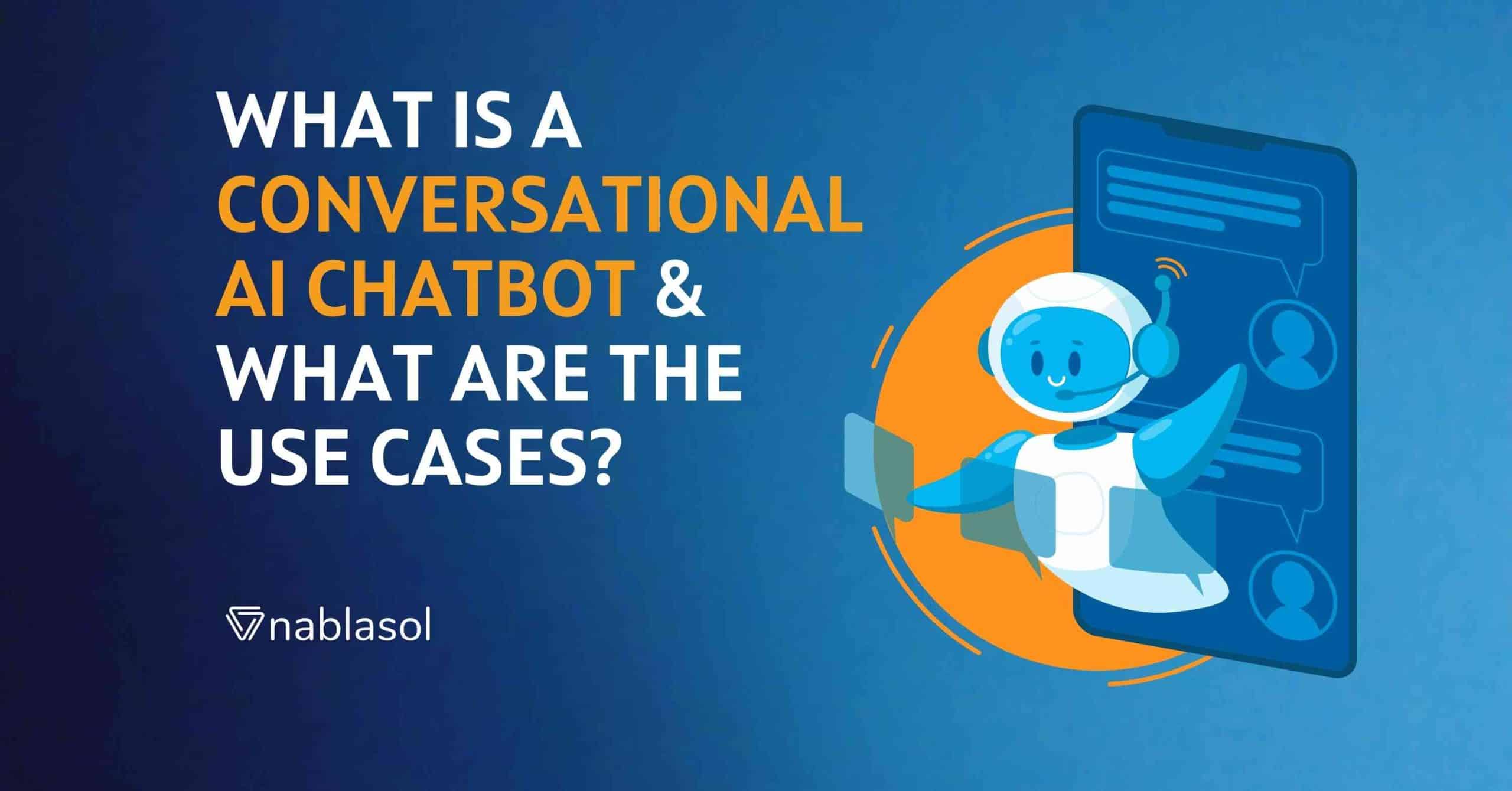Through the tactical utilization of customer relationship management (CRM), firms could successfully manage interactions with customers and prospects. It establishes reliable connections, comprehends client needs, and accelerates revenue growth. CRM has developed from basic customer databases to complex platforms that combine customer support, marketing, and sales. It’s to give a complete 360-degree picture of the customer journey.
Three types of Customer Relationship Management Systems exist:
- Operational CRM: It aims to make corporate procedures simpler.
- Analytical CRM: This enables the analysis of consumer information to optimize decision-making.
- Collaborative CRM: This helps improve interaction among organizations and consumers.
Through workflow automation, customized interaction with customers, and well-informed business choices, establishing a well-designed CRM system can result in more sales, better customer happiness, and better data management.
Understanding your company’s goals, evaluating features, considering scalability, and making sure the CRM system is consistent with current systems are all important considerations when choosing one. Involving stakeholders and selecting a technology that supports your organization’s objectives are critical.
What are The Essential Considerations?
When transferring to an alternate CRM system, which often involves migrating data from previous systems, preparing for customer relationship management data transfer is essential to guaranteeing an effortless transition and limiting the loss of information. Simplifying the procedure and using a reputable CRM migration solution can help assure trustworthy and reliable data transfer.
Getting expert advice on platform selection, implementation, and modification through the use of qualified CRM consulting firms will help to ensure that your CRM is in line with your business goals. Careful planning, straightforward interaction, and thorough instruction are necessary for a seamless CRM transition so that users are capable of adapting to the new system.
What are CRM Adaptation and Integration?
Integrating your CRM system with other company innovations can provide a more integrated view of customer interactions and improved processes. It includes ERP, email marketing platforms, and social media channels by modifying fields, techniques, and dashboards to effectively organize and analyze client data. Customization enables you to customize your CRM system for your specific company’s needs.
- By integrating CRM with additional company systems, such as accounting software, marketing automation, e-commerce sites, and ERP, smooth data interchange is made possible, and the CRM’s functionality is improved. An organization-wide viewpoint on client data is rendered accessible by this integration, which also accelerates internal procedures.
- CRM integration often requires two-way data coordination, in which information moves in both directions between the CRM and other linked systems. By doing this, it makes sure that client data is reliable and consistent across all platforms.
- Customization of integrations helps companies; it can modify the workflows, data fields, and alignments between customer relationship management and other systems. This guarantees that the seamless systems function as one cohesive system and meet the particular requirements and procedures of the business.
CRM Personalization:
- Custom fields as well as data structures: Corporations can collect and analyze client information unique to their operations or industry by personalizing data fields and layouts within the CRM. This covers modifying the names of current fields, adding new ones, and transferring existing ones around.
- Workflows and automation settings that are customized: Companies can alter the CRM’s workflows and automation rules to match their unique customer care, sales, and marketing procedures. This could entail designing job assignments, defining sales stages, establishing approval techniques, and configuring computerized notifications.
- Custom dashboards and reports: Businesses can monitor and analyze pertinent data, key performance indicators (KPIs), and transactions by personalizing reports and dashboards in the CRM. This offers insightful information for making data-driven decisions.
- User interface and access control customization: Tailoring the CRM’s user interface (UI) and gaining access control settings ensures compliance with user preferences, data security regulations, and corporate branding.
- Custom CRM development: Organizations may occasionally need additional functions or features that are not provided out of the box. This entails writing original code and utilizing application programming interfaces (APIs) to increase the CRM system’s performance.
How to Utilize Customer Relationship Management for Sales and Marketing?
CRM solutions allow you to divide up your customer base, develop niche promotions that appeal to various demographics, and increase conversion rates. Customer relationship management programs help sales teams focus their attention on the most promising clients and close deals more quickly. This is done by tracking leads, monitoring sales pipelines, and evaluating sales data.
CRM for Support and Customer Care
Using customer relationship management systems to simplify customer interaction and support helps to improve Customer satisfaction significantly. This can lead to quicker reaction times and more tailored support. By using your CRM system to gather and evaluate consumer feedback, you might enhance your offerings and gain significant insights into areas that need work.
Integrated client data:
CRM programs keep track of every bit of information about a client, including contact information, records of transactions, and correspondence. Customer care teams can access comprehensive customer profiles thanks to this centralized information, allowing them to offer individualized and effective help.
Omnichannel Interaction:
CRM systems facilitate communication across a variety of channels, including social media, online discussions, email, and forms. This guarantees a smooth and convenient assistance experience by enabling consumers to contact us via their preferred method.
Automated Development and Management:
Upon a customer’s contact with the support, a “ticket” encompassing the customer’s information, the type of complaint, and appropriate assignments are generated automatically. The procedure is streamlined by this method. It allows for more rapid and efficient client query resolution.
Quicker Response to Customer Inquiries:
By increasing the number of contact channels, clients can easily and swiftly get assistance. Customer service representatives can address obstacles more quickly, eliminating ongoing issues and automating routine procedures. When they have all the information they need about their client, the order, and the issue.
Transparent Communication:
CRM systems assist companies in keeping lines of interaction open with customers by informing them of issues with the supply chain or personnel difficulties. Customers’ trust and loyalty are enhanced by this trait, which promotes enduring connections.
Reports and Analytics for Customer Relationship Management
CRM analytics solutions enable you to make data-driven decisions. It may give you more insights into the conduct, preferences, and trends of your clients. Individual reports generated from your CRM data can give you a comprehensive picture of how well your business is doing. It also helps you identify opportunities for development and achievement.
Overview
CRM, or customer relationship management, is a strategy that centers your company around your customers and goes further into software. You can fully realize the possibilities of customer relationship management by choosing the ideal CRM system. Combining it with your current tools and modifying it to suit your requirements. It also helps with leveraging its marketing, sales, and customer support capabilities. This results in higher sales, client satisfaction, and a competitive advantage in the current market.





